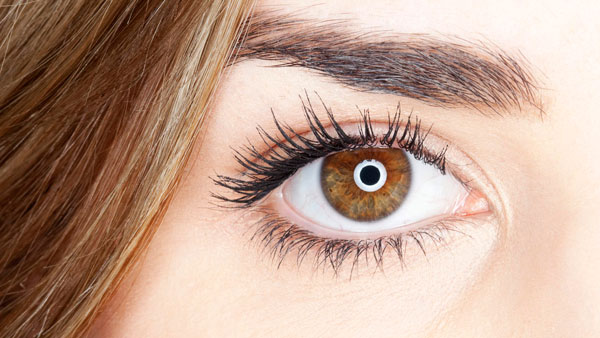Genomic medicine and the possibility of new treatment options for inherited retinal diseases
Genetic eye disease is a leading cause of blindness worldwide. Inherited retinal dystrophies (IRDs) are the commonest cause of blindness in working age adults and second most common cause in children.
With the approval of the first gene therapy (Luxturna in the USA) for retinal dystrophies caused by the gene RPE65, the rest of the ophthalmic world will soon follow and finding the genetic diagnosis of patients with IRDs is even more critical.
Over 250 genes have been identified as causing IRDs, and our current methods of screening these disease-causing genes involve using next-generation sequencing, and in particular whole exome sequencing with a focus on targeted genes. Genes are composed of subunits called exons that code for instructions to make proteins, interrupted by non-coding lengths of DNA called introns. Exome sequencing involves examining only the coding parts of the gene- the exons, which makes up only 1-2% of the genome (a genome is the genetic material of an organism).
The definition of genomic medicine is the use of genomic information about an individual as part of their clinical care, including for diagnostic or therapeutic decision-making. This is an emerging medical discipline that will form part of the routine clinical care in the UK and beyond within the next 2 to 5 years. Genomic medicine will enable doctors to increase genetic diagnostic rates, thereby confirming the cause, inheritance, and chances of passing it to any children, and support family planning and recruitment into clinical trials.
Our genome contains approximately 3 billion nucleotides of DNA forming the entire genetic code, containing 20,000 genes. We can now perform whole genome sequencing (WGS), which is the most superior genetic test available and provides information on all the different types of mutations including those that occur in the coding regions of genes and in the non-coding regions, an area that is now thought to have important regulatory functions and can cause genetic disease.
Our current genetic diagnostic rates for genetic eye diseases as a whole is in the region of 25 percent, this can reach 50 percent for inherited retinal diseases if a patient sees a specialist in eye genetics to make an accurate timely clinical diagnosis as they have expertise in identifying genetic eye conditions through the appropriate examination and investigations.
It is important to consult a Genetic Eye Disease Specialist, as identifying your genetic mutation is the top priority. There are many novel therapies on the horizon for genetic eye disease and knowing one’s genetic mutation can help gain access to new research and treatments.


 Credits:
Credits:









